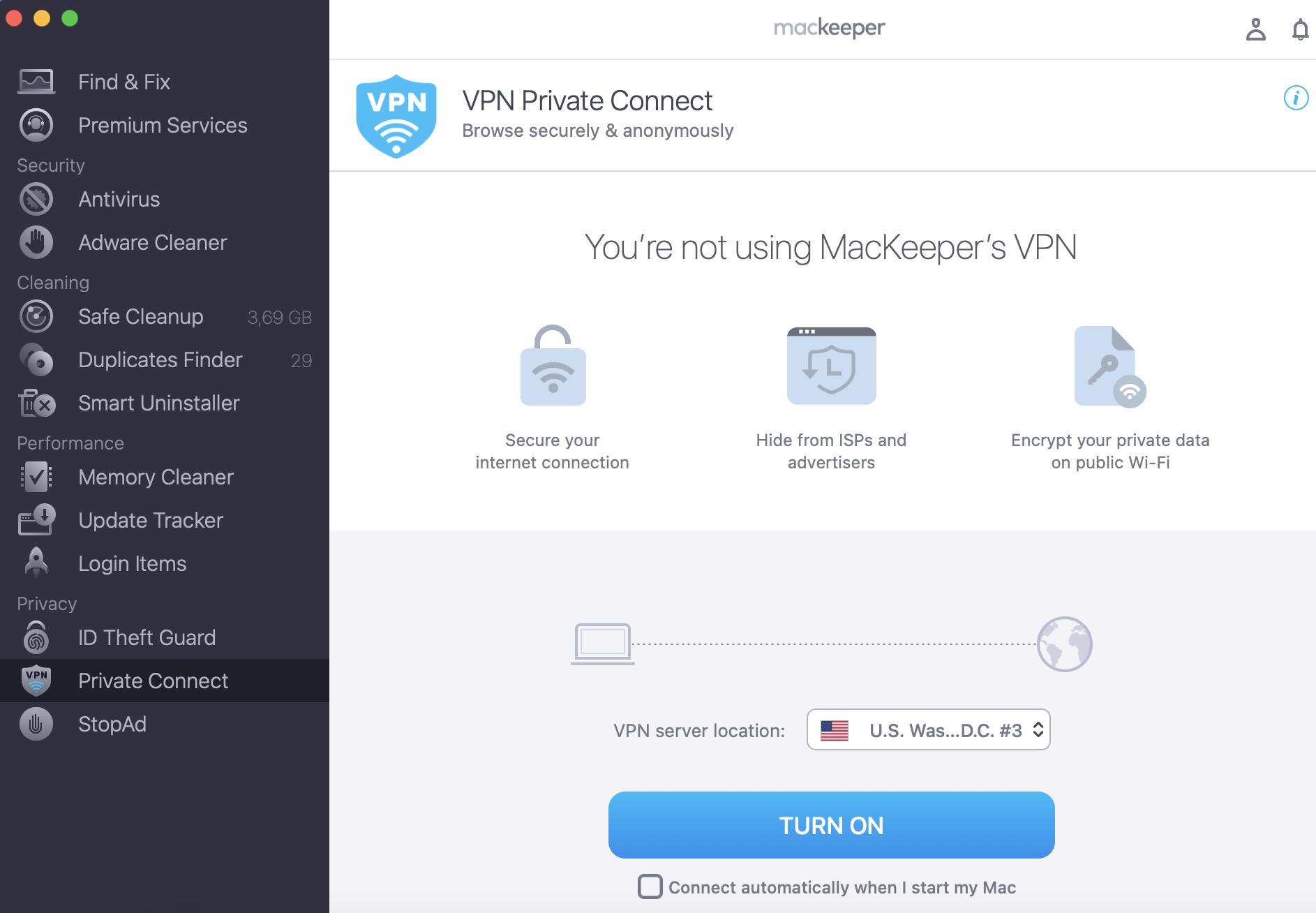In this article you will find the following:
It’s normal to be apprehensive about using Apple Pay on your device, given the risks of using digital wallets or adding your credit or debit card details on another platform. In this guide, we’ll shed light on Apple Pay, including its ability to protect you from scams, so you can make an informed decision on whether it’s the right choice for you.
How secure is Apple Pay?
Apple Pay leverages several security tools and features for your peace of mind. This includes built-in security features that protect your transactions. In addition, Apple protects your Apple Pay account with your device’s password and features such as Face ID, Touch ID, or Optic ID, depending on your Apple device.
Apple also encrypts all your sensitive data—including your debit, credit, transit, or prepaid card—to its servers. Additionally, none of the card information you input using your camera is saved on your device or photo library.
Generally speaking, the verdict is all apps on the App Store are safe, thanks to Apple’s strict guidelines and review processes for the apps submitted by developers. Regardless, privacy breaches are inevitable.
Does Apple Pay have fraud protection?
Yes, Apple Pay has various features that protect users against fraud. Apple uses tokenization to protect your card details. Instead of sharing your credit or debit card information with merchants, Apple creates a unique Device Account Number for your transactions, keeping your sensitive information private for your safety and security.
Besides, Apple requires you to use your device’s passcode or biometric information to authorize payments, making it difficult for bad actors to use Apple Pay for transactions. It also allows you to remove your cards from Apple Pay if they are lost or stolen. Finally, your Apple Pay transactions are protected with end-to-end encryption, which keeps your purchases private.
A note from our experts:
Follow our hints to use the tool and secure the email address linked to your Apple Pay:
- Download MacKeeper on your MacBook device.
- Open ID Theft Guard from the sidebar.
- Select Open > Check For Breaches.
- Follow the prompts to complete the process and review any breaches the app finds.
Does Apple Pay prevent scams?
No, based on our research, Apple Pay neither prevents Apple Pay scams nor offers buyer protection. Additionally, Apple Pay doesn’t provide refunds for fraudulent transactions. Thus, as the best strategy, we urge you to protect your Apple Pay with two-factor authentication (2FA) and secure your device with a passcode or biometric access.
Important: If you notice fraudulent activity on your Apple Pay account, it’s best to report it to Apple and your bank or card issuer immediately.
Types of Apple Pay scams
Similar to Apple ID scams, cybercriminals can only access your Apple Pay account using your credentials. But that’s difficult to do, so they have to get creative.
Below, we’ll cover the main types of Apple Pay scams to look out for:
- Phishing
- Online marketplace or overpayment scams
- Unsecured Wi-Fi scams
- Prize scams
1. Phishing
Phishing scams occur when bad actors pose as legitimate business representatives to steal your personal information. They may reach out to you via text or email and invite you to claim a prize or update your payment by clicking on a link. However, doing so may lead you to a malicious website that can steal your Apple Pay information.
2. Online marketplace or overpayment scams
Overpayment scams typically occur via a marketplace like Facebook Marketplace. Scammers buy an item you’re selling, but “accidentally” send you too much money. They then ask you to reimburse them the difference via Apple Cash, but it’s all a ploy to scam you out of your own funds, as the credit card they use is typically stolen. By the time you realize what happened, it may be too late, as they may have deactivated their account on the marketplace where you interacted and scammed you out of your cash and the item you were selling.
3. Unsecured Wi-Fi scams
Public Wi-Fi networks are often not properly secured, making them prime targets for hackers and cybercriminals. For this reason, changing your Apple Pay account details while connected to a public Wi-Fi network leaves you vulnerable to hacking. If you must amend your Apple Pay account details while on a public Wi-Fi network, ensure you connect to your VPN service first.
A hint from our team:
If you’re equipped your MacBook with the cleaning and antivirus solution from MacKeeper, you’ll be pleased to know that there’s also a great VPN tool within our app. Give it a try and forget about security risks.

4. Prize scams
Similar to phishing scams, hackers and other bad actors can cheat you out of your money using prize scams. Here’s how it works: they falsely notify you that you’ve won a prize from Apple via an email or text message with a link and solicit your Apple Pay account details. Clicking on the link compromises your Apple Wallet, as your funds may be stolen.
How to protect Apple Pay from scams
To avoid falling victim to Apple Pay scams, we suggest the following:
- Protect your Apple ID with 2FA.
- Use a VPN service to keep hackers off your trail and protect your Apple ID account details.
- Install antivirus software on your devices to ensure they’re regularly cleared of viruses and malware.
Stay safe from Apple Pay scams
While it has robust security features, Apple can’t protect you from scams. For this reason, we recommend using MacKeeper’s ID Theft Guard to safeguard your data against such scams. Our tool alerts you when your Apple Pay-linked email address is included in a data dump.
Here’s a reminder of how to protect your data with MacKeeper’s ID Theft Guard:
- Open MacKeeper on your MacBook computer.
- Select ID Theft Guard from the sidebar and click Open > Check For Breaches.
- Follow the on-screen instructions carefully to secure your email.

MacKeeper’s ID Theft Guard is the ideal solution for keeping your email address and data secure. Try it today.








